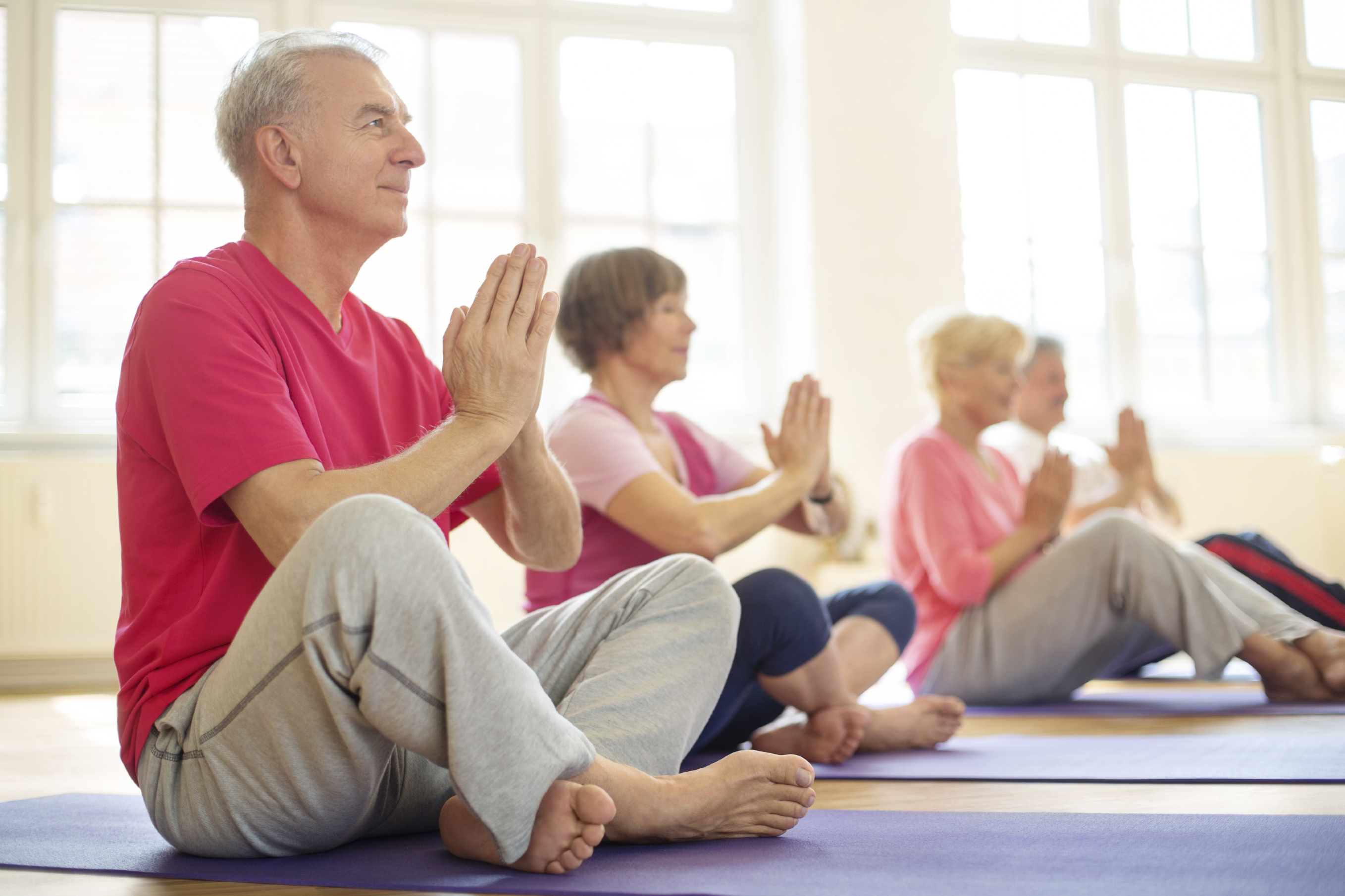When you get old (however you define the word), you’ll have to learn to live with some pain. Right?
Well … maybe not.
Deborah McDonald, associate professor of nursing and a member of the Center for Advancement in Managing Pain (CAMP) says that while an occasional ache or pain can happen to anyone, it’s a mistake to assume that just because someone reaches their 70s, 80s, or 90s they should expect to be in pain all – or even part – of the time.
As an expert on the effects of osteoarthritis, McDonald knows just how debilitating this disease can be. And since the American College of Rheumatology estimates that 70 per cent of people over age 70 have some arthritic symptoms – caused by the breakdown of cartilage in one or more joints – it makes sense that a cohort of older people will have some degree of pain not experienced by younger generations.
“But,” says McDonald,” it’s not true that nothing can be done. I’ve been interested in pain management ever since I began my career as a bedside nurse, and there have been many advances in how we treat patients to help them get over discomfort caused by illness or surgery. And not all the changes have been medical. There’s also been a seismic shift in how we view the concept of aging. People are living longer and they are expecting to be healthier; they are not accepting the status quo as many older adults used to do.”
The longevity numbers are revealing. One hundred years ago, the average lifespan for men in this country was 49.6 years; for women it was 54.3 years. By 1966, 50 years later, the numbers had changed to 66.7 years for men; 73.8 years for women. Latest statistics from the Centers for Disease Control (CDC) now put those numbers at 76.4 year for men and 81.2 years for women.
“We’re beginning to see the first wave of baby boomers turning age 70, and they’re not going to be content to just grow old quietly,” McDonald says with a smile.
“With some 76 million baby boomers reaching traditional retirement age in the next couple of decades, we’re looking at a lot of people who will have many years ahead of them after they have raised families and wrapped up their careers – years where they will still expect to be vital and active and living as pain free as possible, no matter what their age.”
Among the treatment options for osteoarthritis is the use of over-the-counter drugs such as acetaminophen – commonly sold as Tylenol – as well as prescription medications to reduce inflammation that are prescribed by physicians. But, there’s something else that may be equally if not more important, and that’s physical activity.
“We know that keeping active has proven to be one of the best ways to combat the effects of osteoarthritis pain,” McDonald says, “but if people already feel pain just doing normal activities, they can be reluctant to do any regular exercise. And the question is, how do we get them to start?’
One approach that McDonald is using is something she calls ‘facilitated reminiscence,’ which is a pilot program she’s instituted with fellow researcher and associate professor of nursing Juliette Shellman and some of their senior nursing students.
The project involves working with people who have been diagnosed with osteoarthritis, suffer from arthritis pain, and who are not already engaged in a regular exercise program. A control group will spend time with nursing students receiving information on such things as general health care, diet, and effective sleep habits. A treatment group will be engaged in facilitated reminiscence, where they will be encouraged to talk about any physical activities they used to enjoy, from childhood games to organized sports.
The idea is to get people thinking about physical activity when it used to be fun. Rather than just engaging in storytelling, the guided reminiscence has as its goal a simple change in behavior – whether it’s a return to golf, joining a group of mall walkers, or swimming at the local ‘Y’.
McDonald says that one of the things that’s been reinforced in collaborating with other CAMP researchers is that pain is a complicated issue, which includes a tremendous emotional component that helps determine a person’s reaction to chronic, painful conditions.
She adds that sometimes it’s the simple things that can lead to improvement in how a person tolerates a long-term illness such as osteoarthritis. The goal of this pilot is to get people feeling better emotionally and to remind them that exercise can feel great if they’ll just give it a try.
“Our hope is that by recalling good memories, people will be encouraged to lead a more active lifestyle, and they’ll see for themselves that exercise makes a difference in reducing pain that can interfere with their everyday activities,” she says. “This may only be a little piece of the pain-management puzzle, but we know from experience that every piece counts.”



